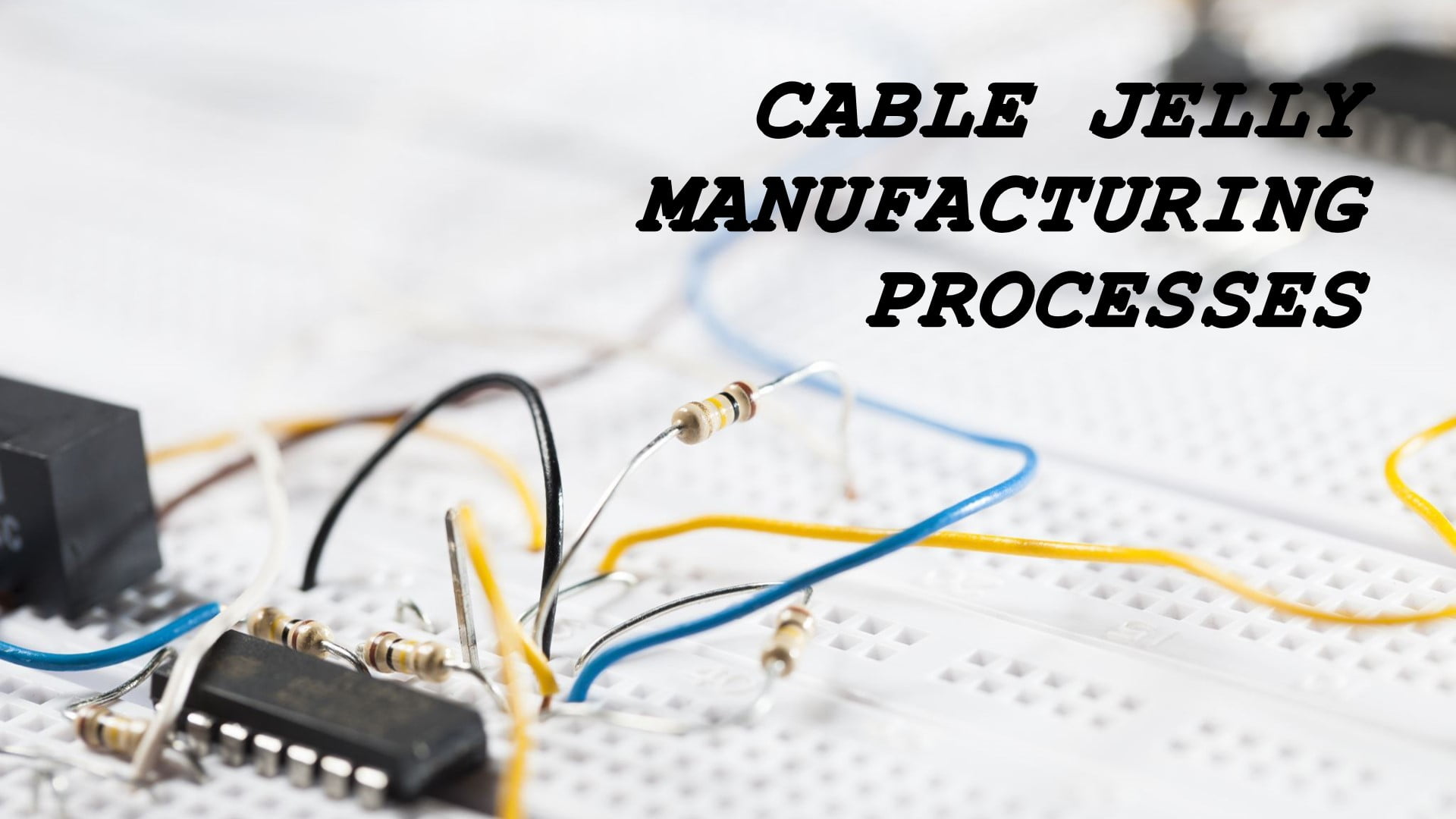Let’s dive into the cable jelly manufacturing processes. This is an important aspect of the telecommunications and electrical cable industry, as the quality and consistency of cable jelly compounds directly impact the performance and longevity of cables.
Cable jelly manufacturing typically involves the following key steps:
1. Raw Material Selection:
– Choosing base oils (e.g., mineral oils, synthetic oils)
– Selecting thickening agents (e.g., polyethylene, silica)
– Identifying necessary additives (e.g., antioxidants, water-blocking agents)
2. Mixing and Blending:
– Combining base oils in large mixing tanks
– Gradually adding thickening agents while maintaining consistent agitation
– Incorporating additives to enhance specific properties
3. Heating:
– Raising the temperature of the mixture to ensure proper dissolution and blending
– Typically heated to 80-120°C, depending on the formulation
4. Homogenization:
– Using high-shear mixers or colloid mills to create a uniform, stable mixture
– Ensuring even distribution of all components
5. Cooling:
– Gradually reducing the temperature of the mixture
– Controlling the cooling rate to achieve desired viscosity and structure
6. Quality Testing:
– Checking viscosity, penetration, drop point, and other key parameters
– Ensuring the compound meets industry standards and specifications
7. Filtration:
– Removing any impurities or undissolved particles
– Using fine mesh screens or specialized filtration systems
8. Packaging:
– Transferring the finished cable jelly into appropriate containers
– Options include drums, totes, or bulk tankers for large-scale production
9. Storage and Handling:
– Maintaining proper temperature and environmental conditions
– Implementing inventory management systems for traceability
Throughout the manufacturing process, several factors are carefully controlled:
– Temperature: Critical for proper mixing and achieving desired properties
– Shear rate: Affects the final structure and stability of the compound
– Mixing time: Ensures thorough blending without degrading components
– Atmospheric conditions: Some processes may require inert gas environments to prevent oxidation
Manufacturers often employ specialized equipment such as:
– High-capacity mixing vessels with variable speed agitators
– Inline homogenizers for continuous production
– Temperature-controlled reactors for precise heating and cooling
– Automated dosing systems for accurate ingredient addition
Modern cable jelly manufacturing often incorporates the following:
– Computer-controlled processes for consistency and repeatability
– In-line quality monitoring systems
– Energy-efficient heating and cooling systems
– Environmentally friendly formulations and processes
The exact manufacturing process can vary depending on the specific type of cable jelly being produced, the production scale, and the end application’s particular requirements. Manufacturers may have proprietary techniques or formulations that give their products unique properties or advantages in the market.
Would you like more information on any specific aspect of the cable jelly manufacturing process? Cable jelly compounds

This is Kamran Malekian working in the petroleum jelly manufacturing industry for Navid Noor Company since 2013 I am eager to make content in this industry and have a good impact on professional users and people using cosmetic and pharmaceutical products.











No comment